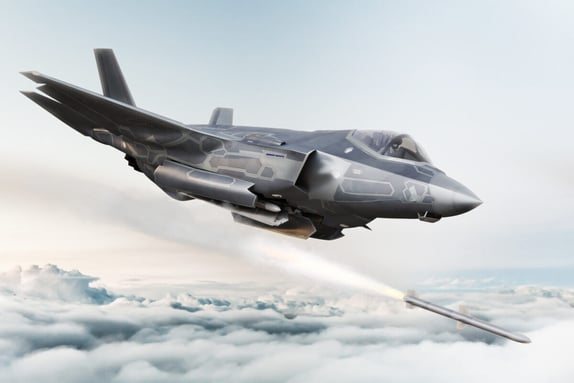A New Composite to Protect Against Impact and Fatigue
Among the many performance challenges faced by the aerospace industry, the impact strength of materials is a major concern. This property is of special importance because of the potentially catastrophic structural damage that can occur when aircraft collide with other objects – including such natural phenomena as hail – at high speeds.
Impact strength is the ability for the material to absorb energy, allow the deacceleration of the projectile without breaking. Once the force/load is released it returns to its original shape and size.
Almost as important as impact resistance is fatigue resistance. Fatigue occurs when a component is subjected to repeated force, which results in the structure no longer being able to withstand its intended force capability. This often begins with microscopic, small cracks or change in dimensions where even visual inspection may not be detectable. Fatigue damage is non-reversible and may be influenced by a variety of factors, including temperature, surface finish, metallurgical microstructure, residual stresses, and a number of other variables and parameters.
Impact and fatigue resistance have important ramifications in regard to maintenance, safety, and replacement.
Maintenance
Structural materials with high fatigue resistance can substantially decrease maintenance costs over time. This was conclusively demonstrated in a five-year full-scale fatigue test performed by Boeing on their 787 Dreamliner. This was the first study of its kind ever conducted on a primarily composite-built airliner, and it was the most comprehensive fatigue test performed by Boeing on any commercial transport vehicle.
Safety
The importance of high impact- strength materials with regards to safety is obvious. Composites that can absorb a large amount of energy help mitigate the damage from both normal and unexpected impacts, protecting passengers and improving survival rates in worst-case scenarios.
Fatigue resistance, especially in conjunction with critical thermal performances such as thermal stability, flame resistance, toxicity, and heat release – can help minimize injuries caused by fires. This is especially important in commercial airline applications and for rotorcraft fleets.
HX5: A Cutting-Edge Nanocomposite Approved by NASA and the Dept. of Defense
HX5 is an advanced thermoplastic nanocomposite that is reinforced with low-density carbon filaments that add strength, stiffness and dimensional stability. It has 90% of the tensile strength of 6061 aluminum at just half the weight per unit volume. HX5 is highly resistant to intense heat, corrosive liquids and gases, and meets or exceeds flammability, smoke density and toxicity requirements.
In creep rupture and fatigue performance tests performed at a range of temperatures and stress levels, HX5 demonstrated exceptional resistance to both rupture and fatigue. Moreover, HX5 passed a military 16g crash test, making it potentially suitable for use in airline interiors.
Tests after tests, HX5 has demonstrated its ability to withstand the most demanding environments, and its superiority for aerospace, space and military applications. To date, it has been certified for use in jet fighters, high-speed helicopters, UAVs, amphibious transport vehicles, missiles, rockets and satellites.
Complete HX5 technical specs, including creep rupture and fatigue performance test results, can be downloaded below. For more information about the development or manufacturing of your aerospace components utilizing HX5, please contact Alpine Advanced Materials.
___________
Norris, Guy (2015, Dec 11). Boeing 787 Tests Validate Composite Structure. Retrieved June 23, 2019, from https://aviationweek.com/commercial-aviation/boeing-787-tests-validate-composite-structure
Veillette, Patrick (2016, Sept 26). The Case For Crash-Resistant Fuel Tanks In Helicopters. Retrieved June 23, 2019, from https://aviationweek.com/bca/case-crash-resistant-fuel-tanks-helicopters



-1.png?height=383&name=Blog%20Photos%20(7)-1.png)

